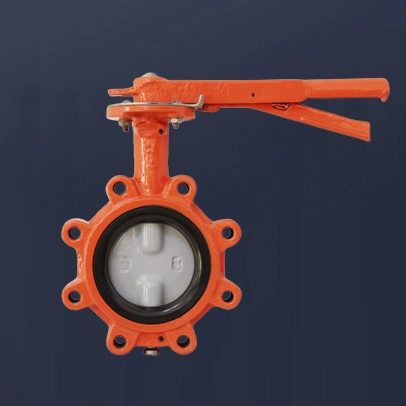The valves are the control part of the fluid conveying system, which have the functions of cutting off, regulating, diverting, preventing backflow, regulating, diverting or overflowing pressure relief. Generally speaking, the valves are basically clockwise to close valve and opened counterclockwise, or left open and right closed.
Because most people are right-handed, it is easier to turn the valves clockwise with the right hand than counter-clockwise. Therefore, both counterclockwise and clockwise rotation of the valves are more reasonable, both from the point of view of energy saving and safety.
In addition, most of the screws used in valves china materials are right-hand screws, so it is easy to process. Like the handwheel, it has a directional arrow or O-shaped arrow → S symbol (O for open, S for closed).
Seeing this, you might think it's too simple. Do you still need to teach valves switches? This is important, there are really things that go wrong with valves switching, often simple things are prone to error.

For example, pressure reducing valves such as oxygen cylinders, hydrogen cylinders, and nitrogen cylinders are opened clockwise and closed counterclockwise. The high pressure oxygen cylinder angle valves open clockwise and close counterclockwise. The pressure relief valves at the outlet of the high pressure oxygen cylinder increase clockwise and decrease (closes) counterclockwise.
A safety device is installed on the back of the flip air outlet. When the oxygen is cut off, turn the handwheel counterclockwise to open the oxygen valves. When the handwheel is turned, the mud rod also turns, and then the flap is turned through the switch plate to move the valves up and down.
The valves move up to open the air outlet of the bottle. When the valves are pressed, the valves can be closed because the valves are embedded with a nylon valves gasket. The cylinder valves move up and down in the range of 5-3 mm.
The oxygen inhaler consists of a pressure gauge, a pressure reducing valve, a safety valve, a flow meter, a flow control valve and a tide bottle. The high pressure oxygen is decompressed by the pressure reducing valve, from the original high pressure oxygen to low pressure oxygen, and enters the tide bottle through the flow meter.
After tidal treatment, the low-pressure oxygen output port is output according to the constant flow value of the patient's oxygen inhalation, and the flow value is adjusted by the flow controller.
For example, some special valves such as spool valves and butterfly valves may open clockwise and close counterclockwise due to the installation position and other reasons.
Special valves are generally reversed, so pay attention when switching.
Due to the improper installation location, the operator must pay attention to these details, the details determine success or failure, and should not be careless. Generally, the special valves will indicate the opening and closing direction in an obvious position, and in some places, the relevant operating procedures of the special valve are attached to prevent misoperation.
 Call us on:
Call us on:  Email Us:
Email Us:  No.68 Hezuo Road, Shijiazhuang City, Hebei Province, China
No.68 Hezuo Road, Shijiazhuang City, Hebei Province, China 